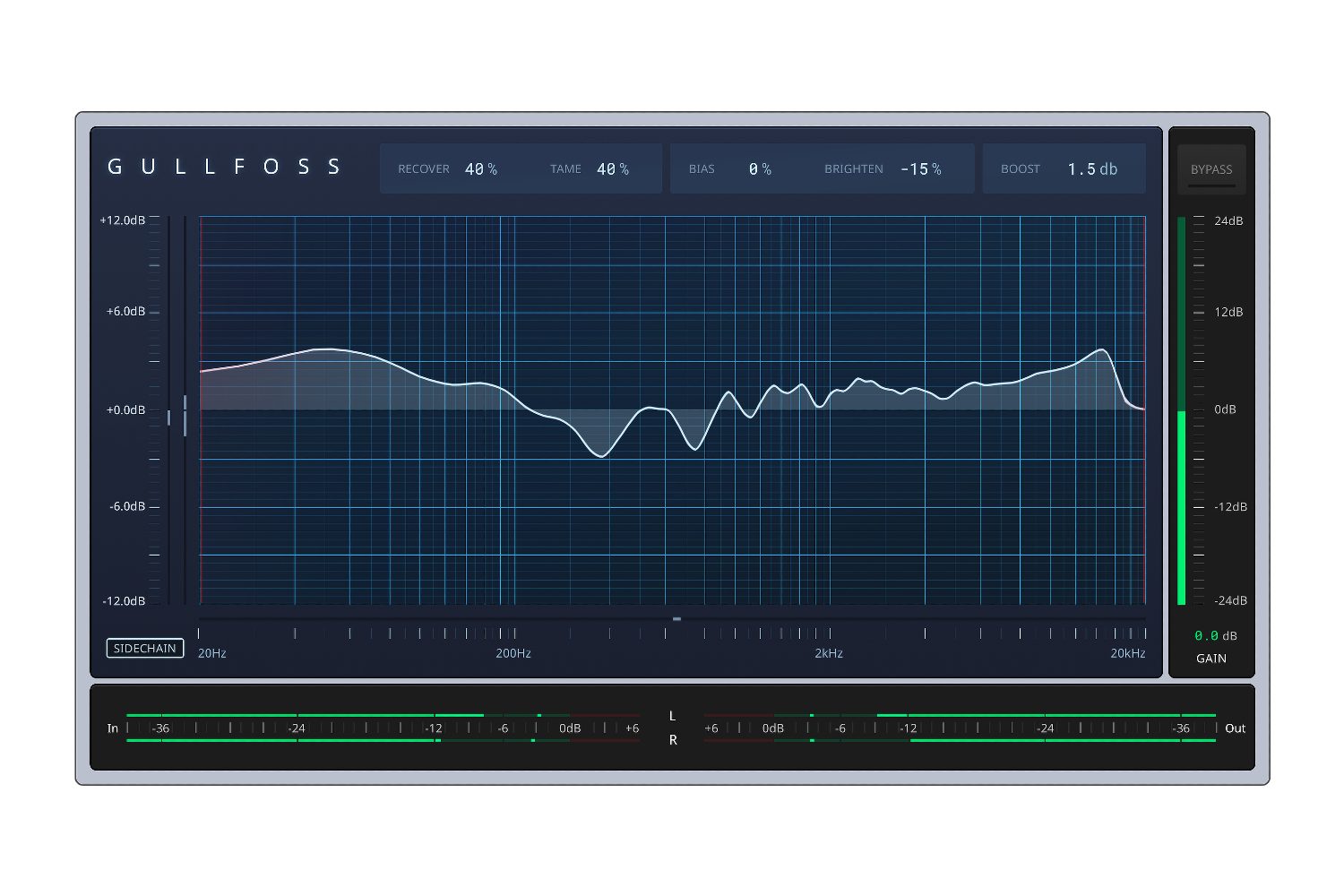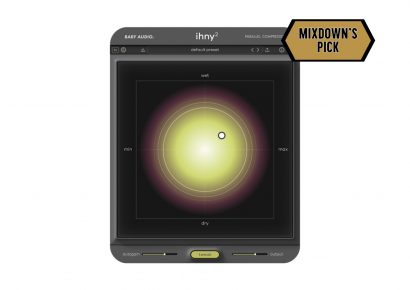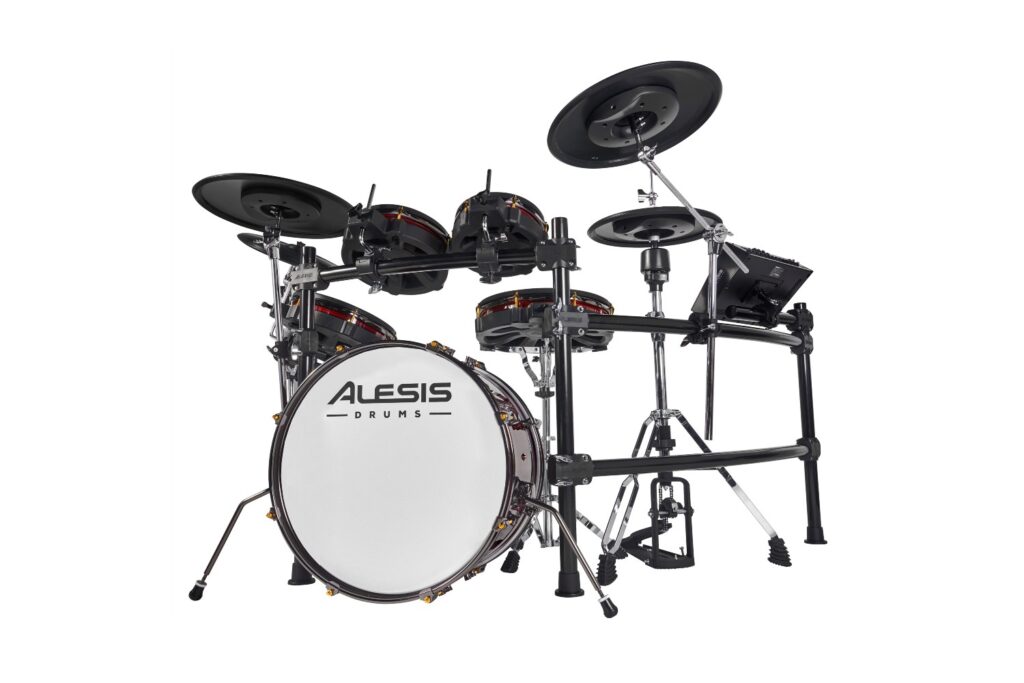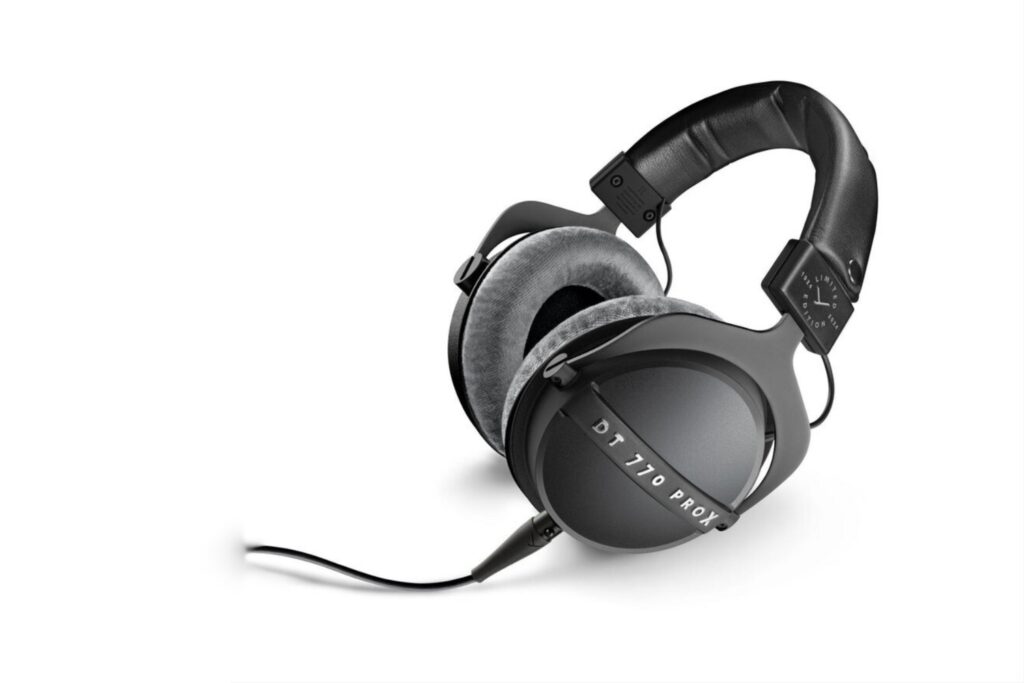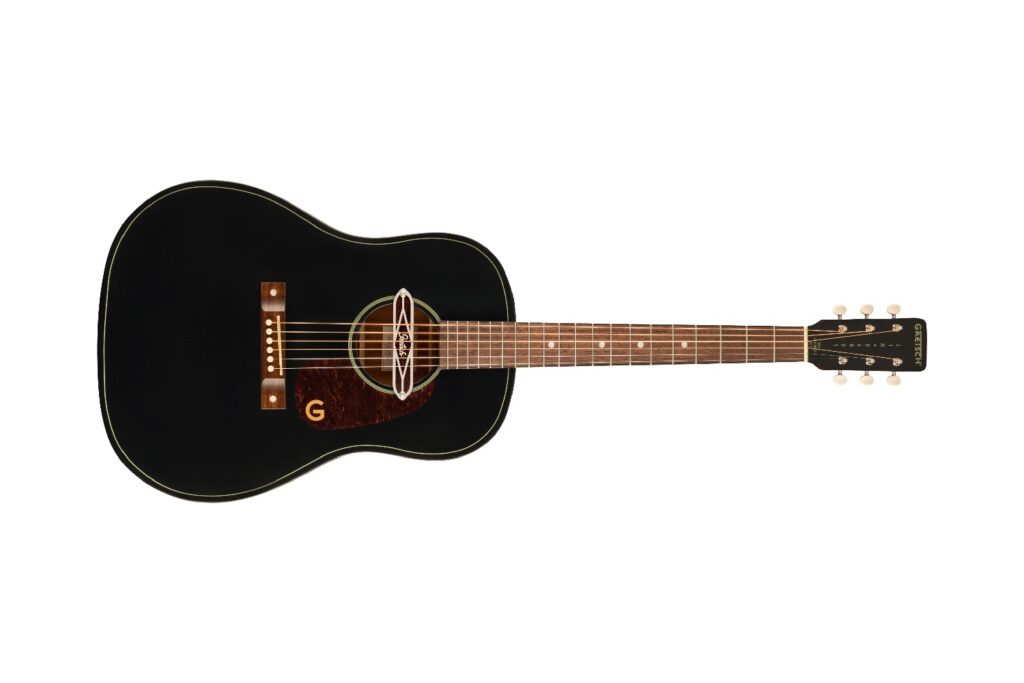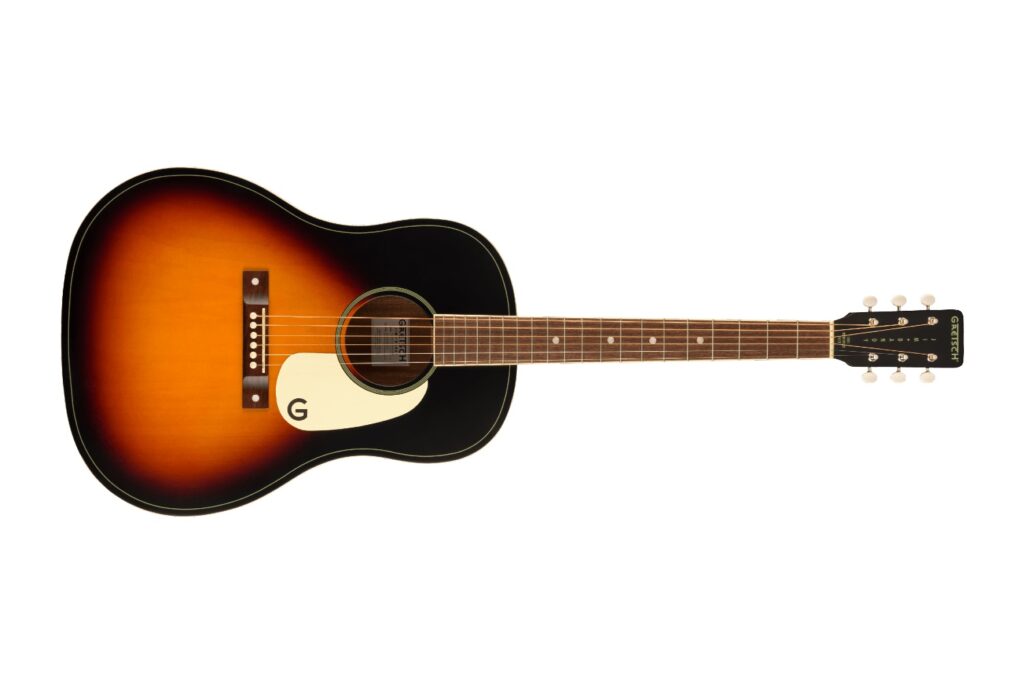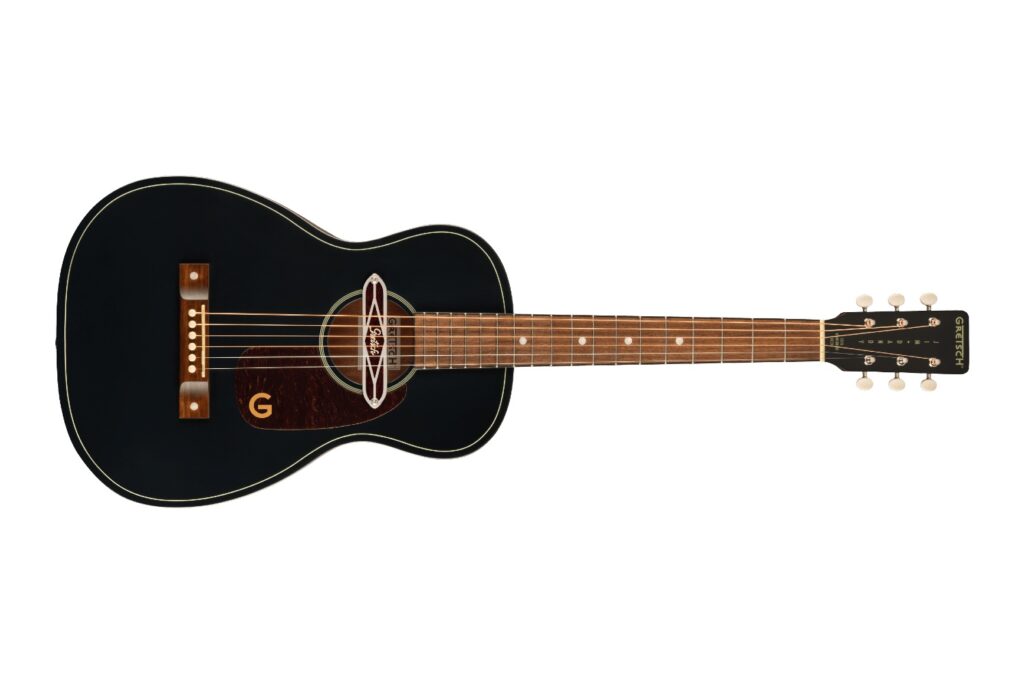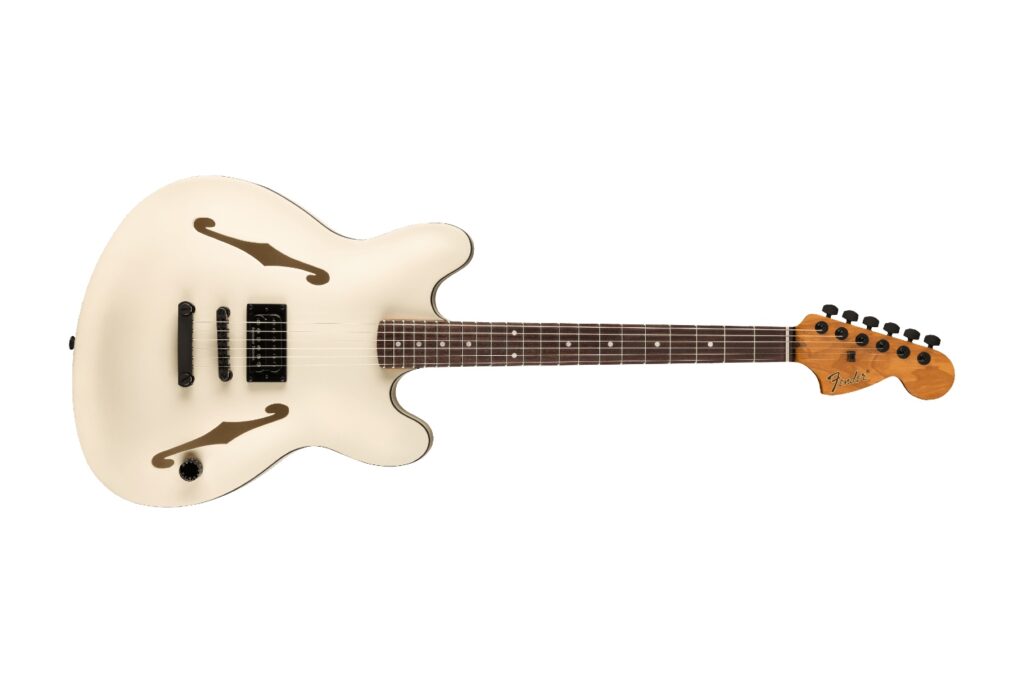Soundtheory | Enquire for pricing
The rapidly maturing nature of the plugin market has really opened the floodgates for a whole lot of experimentation and cross-pollination within the traditional effects categories. As engineers, it’s us who have benefited the most from this recent spate of good form, with a bunch of awesome new creative tools to sink our collective teeth into and integrate into our standard workflows.
In particular, the overlap between EQs, dynamic processors, and spectral analysers has proven particularly fruitful and it is this same forward-thinking approach that informs Soundtheory’s awesome Gullfoss Intelligent EQ.
Check out more gear reviews here.
Soundtheory markets the Gullfoss as an intelligent EQ, and while it certainly scrapes into the dictionary definition of an EQ in name, its capabilities and approach far exceed that of your regular, run-of-the-mill parametric tweaker.
Primarily concerned with frequency masking in the time domain and balancing ensemble sources and stereo busses (rather than isolated mono source material), it’s the plugin you never knew you needed, but makes a tonne of sense when put into practice, especially when you take into consideration the kind of processing used on the stereo and master busses in traditional mix workflows. The Gullfoss does a bit of everything in this regard, providing the perfect antidote to a busy, undefined mix, while simultaneously operating across multiple planes and giving just the right amount of polish to your summed material.
Now I don’t know about you, but when I hear the word ‘intelligent’ or ‘smart’ in relation to plugins, I tend to err on the side of trepidation, simply from being burned in the past. Many intelligent plugins tend to simplify the user interface to the point of impersonal, locking multiple parameters and relying on you to trust in their ability to choose the preset algorithms for you. Others are a single control affair, with a solitary knob on the interface operating as a kind of ‘Hand of God’, wet/dry type of configuration. These are usually for the beginner mix engineer. Happy to report that Gullfoss is neither of these, and is very much designed with the discerning ear in mind, with plenty of functional interactivity and tweakability within its parameters.
Your approach to processing within the Gullfoss GUI will be firmly dependent on whether you want to ‘recover’ instruments in a mix that are being masked, or alternatively ‘tame’ a source that’s causing the masking. These two controls are the lens through which to approach Gullfoss’ remarkable clean up abilities. A healthy balance of both seems to do the best job, allowing the whole mix to feel more polished and together. While immediately this feels helpful for mastering, it’s also very handy for stereo processing on separate sources, like drum rooms, overheads, and backing vocal busses. Gullfoss can be used to balance out a drum room after the fact, helping to tuck a loud snare back into the fold to make way for the close mics, or alternatively push the ambience, punch, and reflections to another level.
Once you’ve got the tame and recover controls set to a good and natural place, the Gullfoss’ metering shows you how much processing is happening in the low and high end. This can be remedied (if needed) with the ‘bias’ and ‘brighten’ controls, to be thought of as a subtle low and high boost or cut respectively. This way you can easily retain the original feel of the mix with added dimensions and an improved balance, or alternatively you can boost or cut the high and low as much as you want. This is especially helpful when a clean, clinical boost is required before more analogue-sounding EQ and compression in your signal chain.
I found myself comparing my own mastering chains to a track with just the Gullfoss and trying to beat it, and while I don’t wish to discuss the results, I’ll say that the Gullfoss won me over for its unique ability to easily add dimension to a mix without having to push any frequencies too hard. Anything that began to feel too processed was easy to reign in via the bias and brighten controls, so I wasn’t listening back to a particularly affected master, but a more controlled and balanced one. It should be noted that the boost and gain functions add plenty of clean gain, and they even distort in a pleasing way if you’re that way inclined.
In use, the Gullfoss is a great tool for anyone looking to juggle multiple clashing frequencies, or as a final step to ensure everything is balanced and tamed. You can also limit the Gullfoss’ effect with sliders on either side of the frequency spectrum, the highlighted red area preventing the Gullfoss from doing its thing at respective high and low points. The sliders can cross over entirely, allowing you to have the middle frequencies unaffected. While the Gullfoss seems to do its best work in the mid range (where a lot of frequencies build up), I never say never and I’ll be keeping this trick in my back pocket.
So in what situation would the Gullfoss be used? Gullfoss is immediately handy for mastering engineers, allowing mixes to be controlled and balanced while preserving overall balance before compression or limiting occurs. For mixers, Gullfoss is great on a buss or to push or pull frequencies in a room or overhead mics on a variety of instruments. It can be used at the start or end of your plugin chain, either to balance a source before compression for improved balance or to tie it all together on the way out.
For producers, this can be a quick and easy way to make a source more cohesive and clear, requiring less work on the individual channel or via multiple plugins at the buss. One single instance of Gullfoss is considerably less CPU-heavy than the equivalent EQ, compression, and sidechaining required to do what the Gullfoss does in one fell swoop, and can be as processed or raw as you like.
I started this review a bit weary of plugins that claim to do it all, but the Gullfoss really, er – tamed this opinion. While providing something different to that of a conventional EQ plugin, Gullfoss is a great platform for more advanced processing without getting lost too far down the rabbit hole of linear phase EQ and multiband compression etc. The absence of frequency-specific controls also allows you to rethink what you’re trying to accomplish in a way that is both holistic and artful. The Gullfoss gives as much control as you need from the job it’s doing, and doesn’t claim to be the be all and end all of loudness, dynamics, and EQ, but more a professional way to bookend your buss processing and carve out space so that all voices can be heard.
Head to Soundtheory for more information. They are currently running a Black Friday special for a limited time so get in quick!
